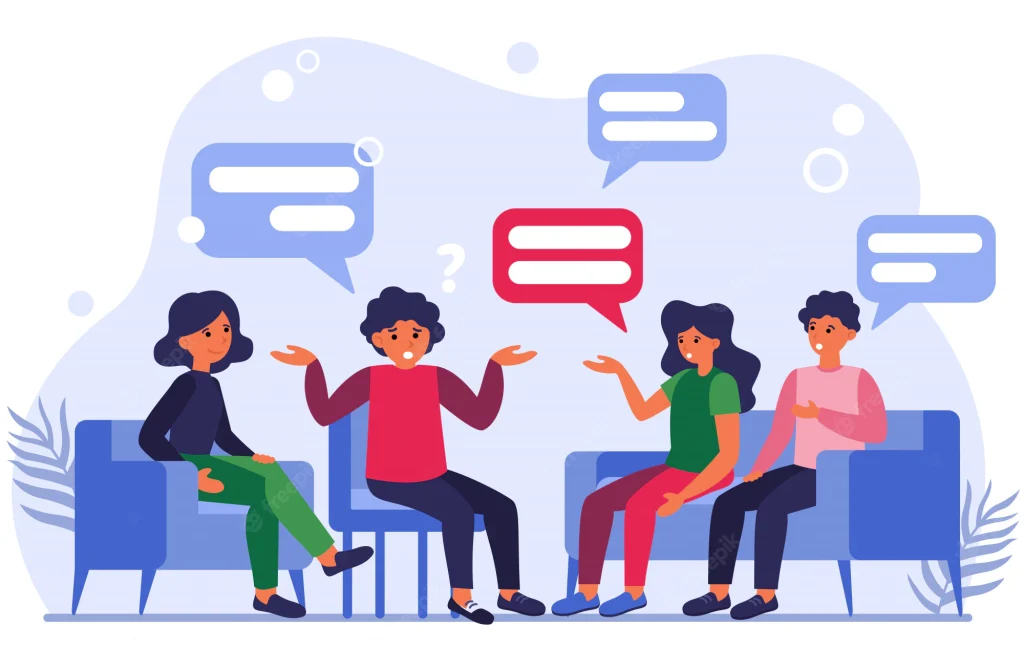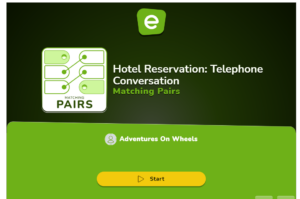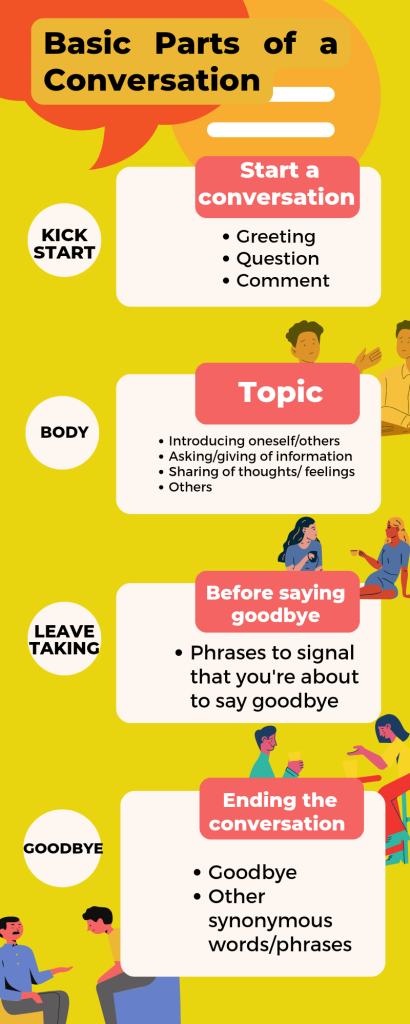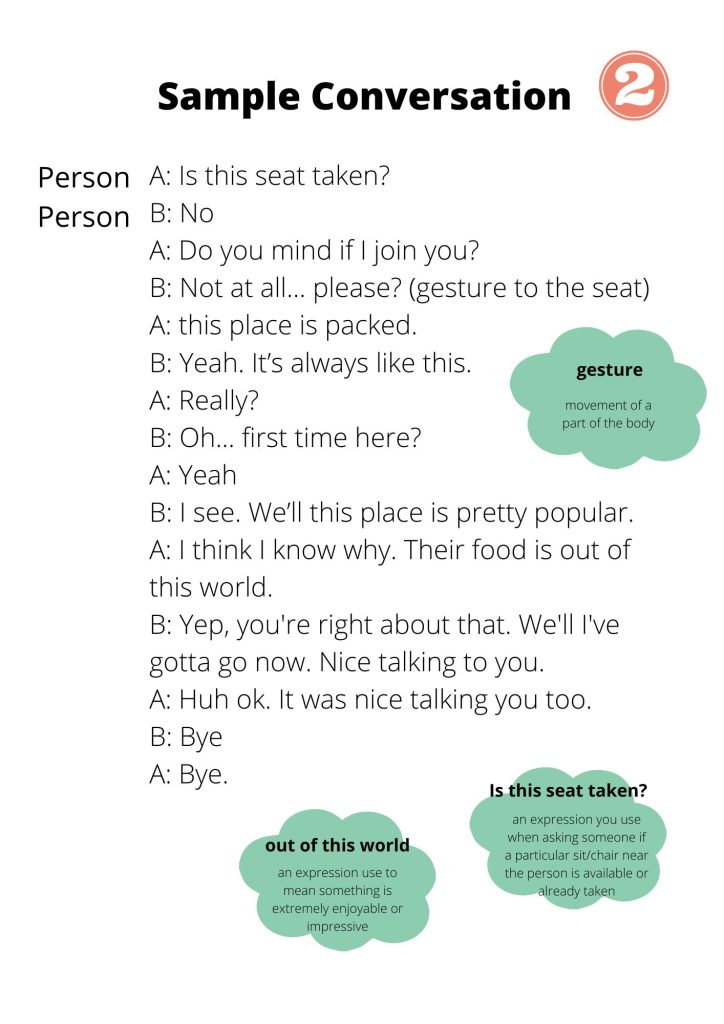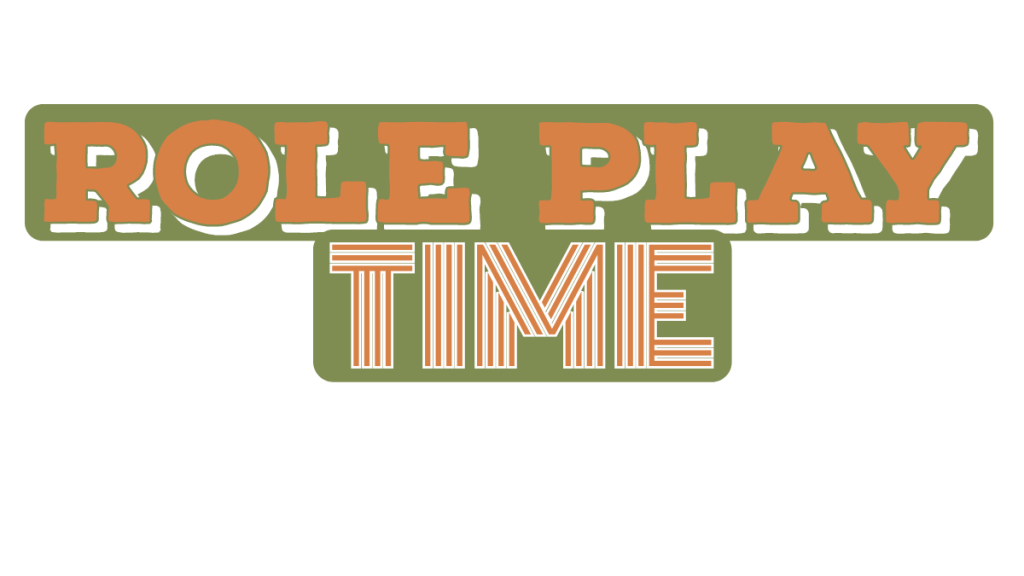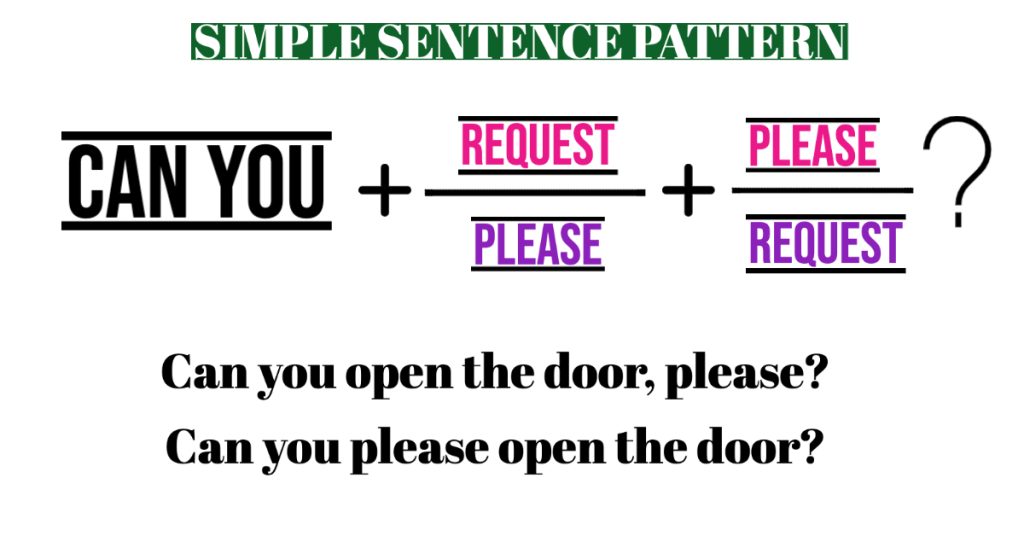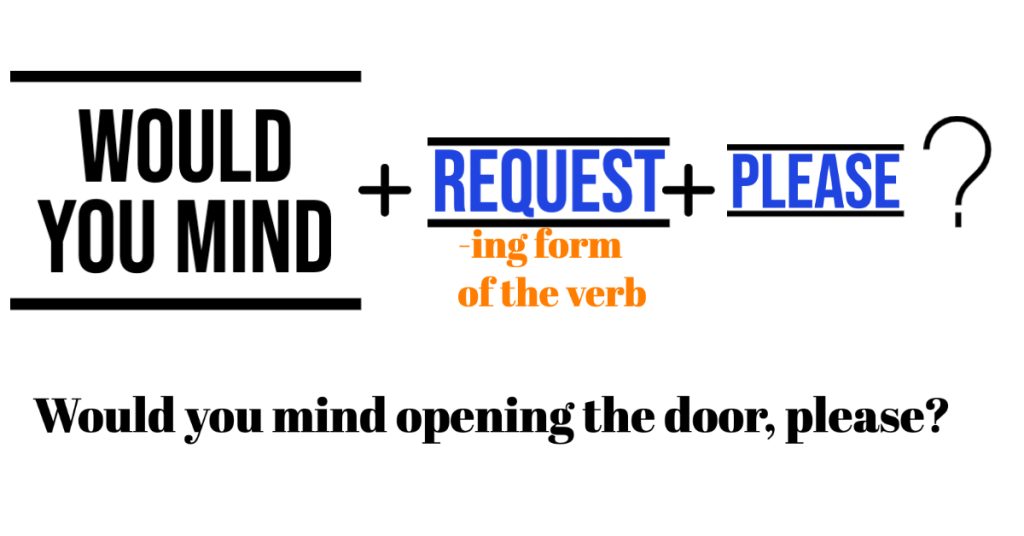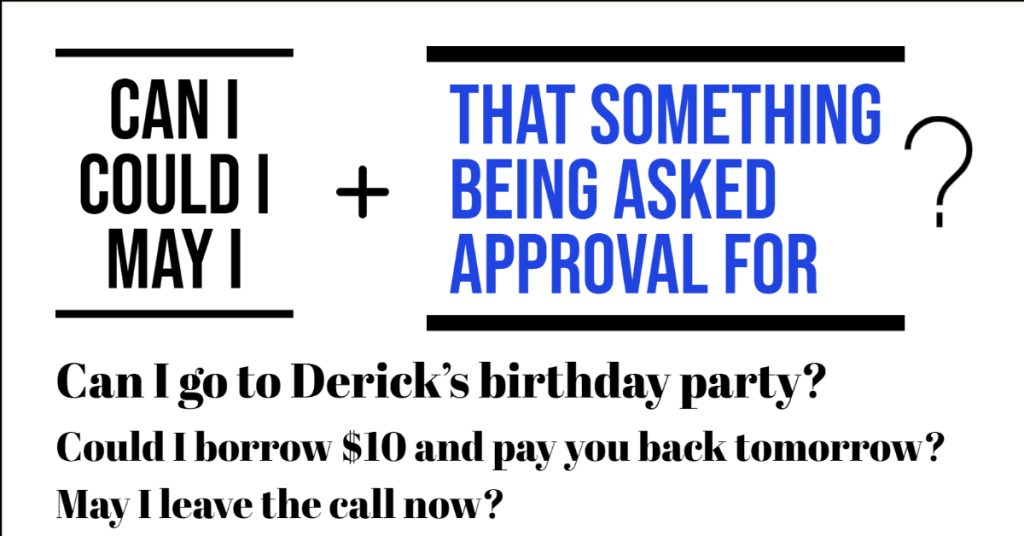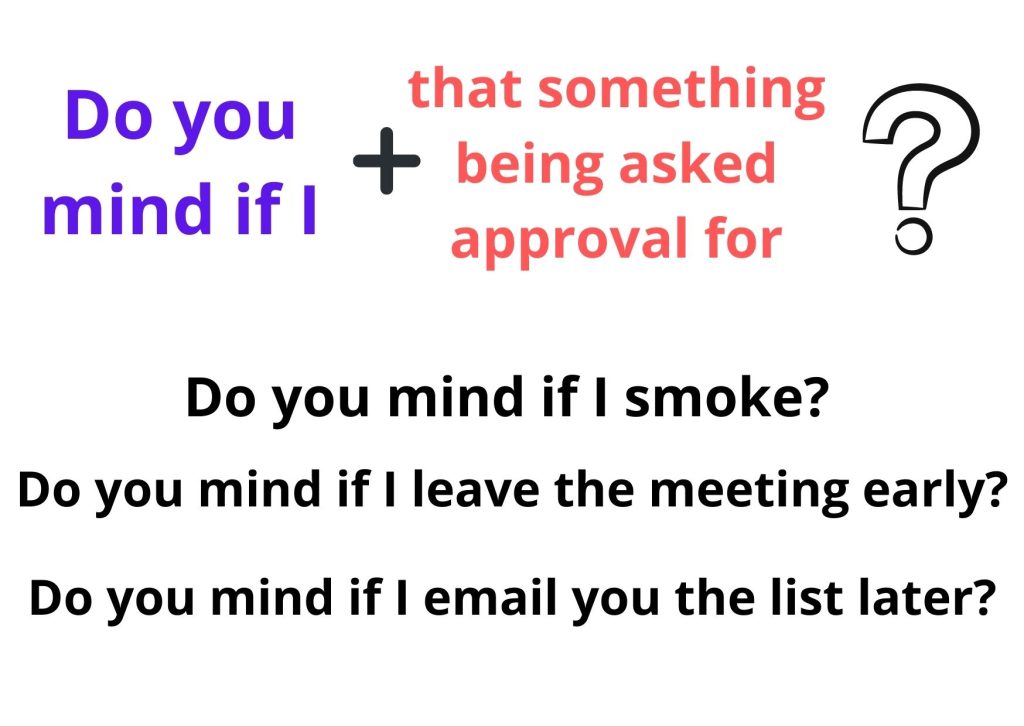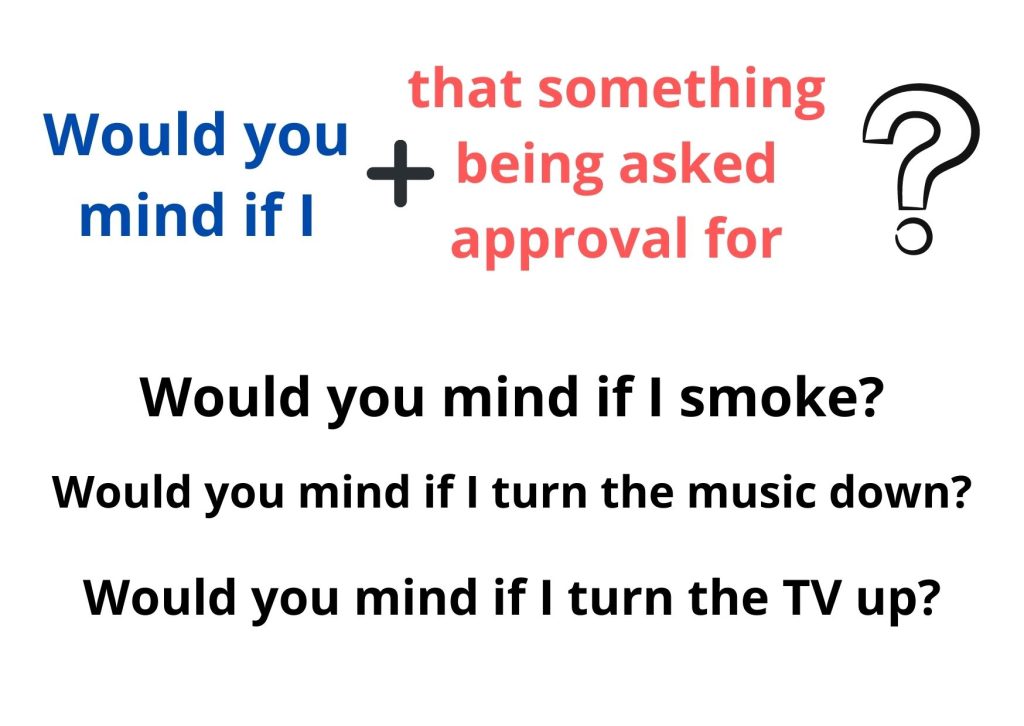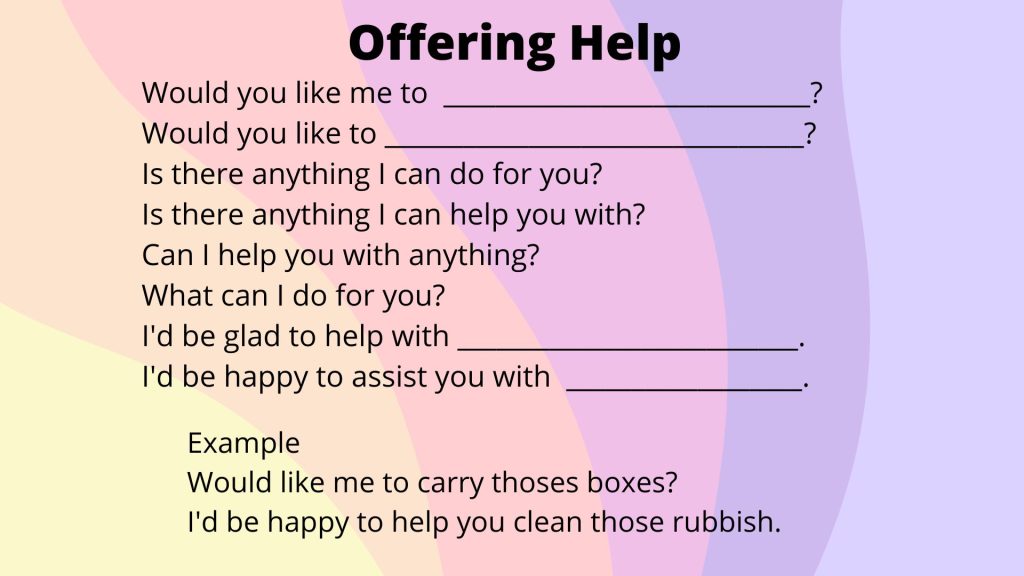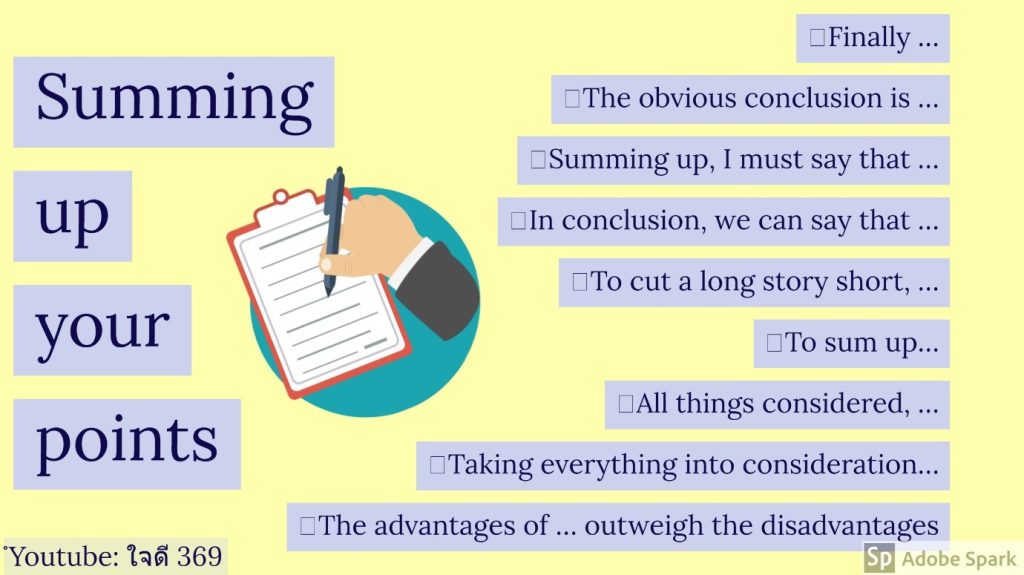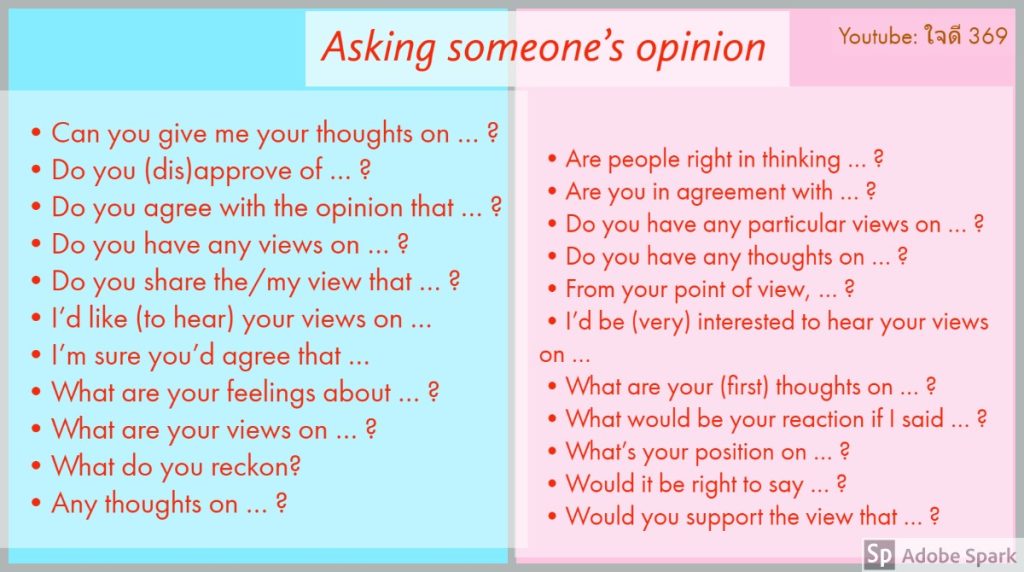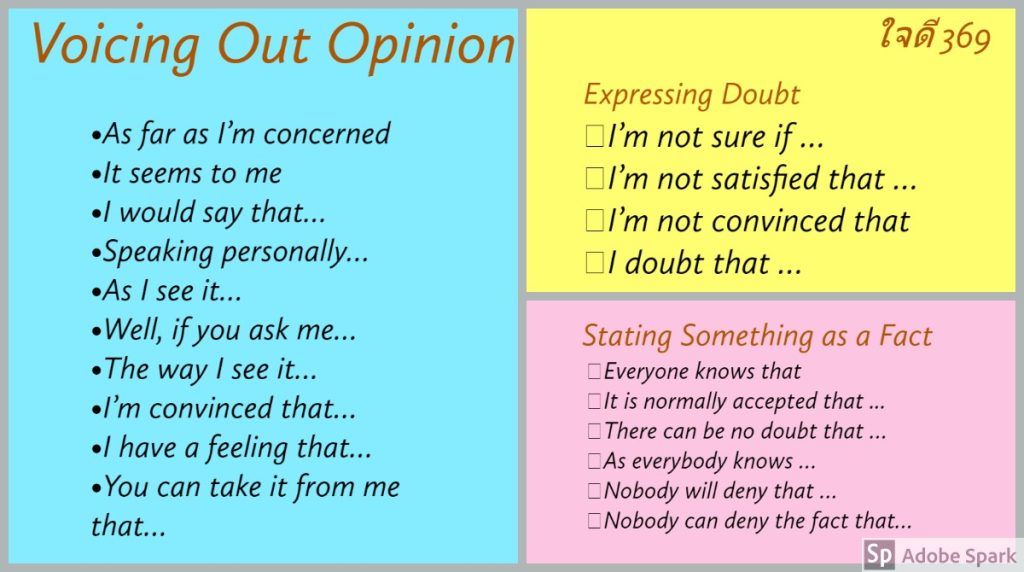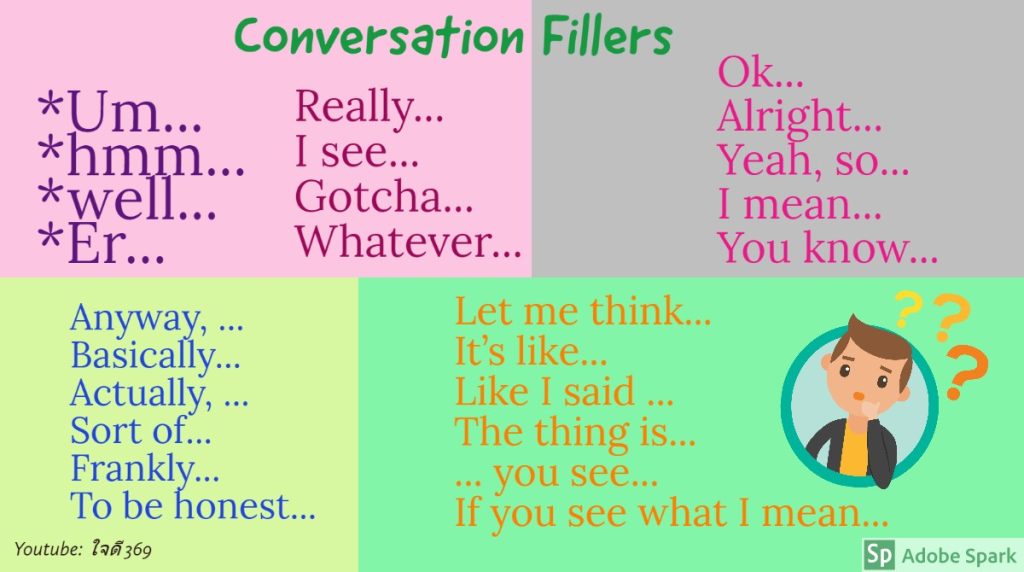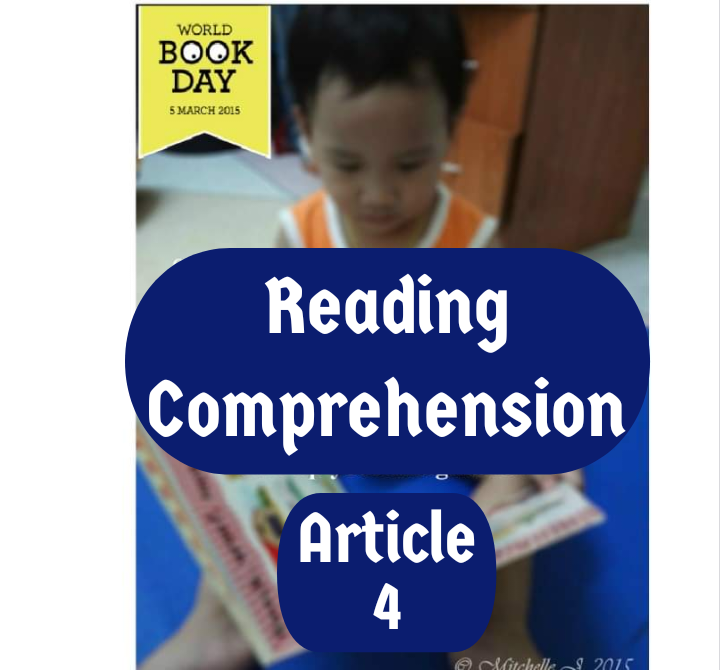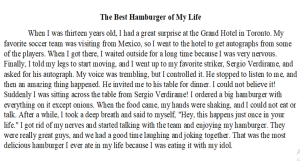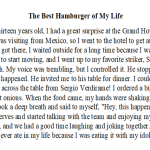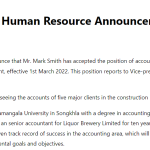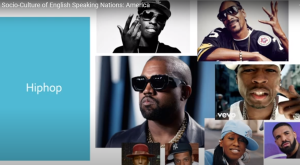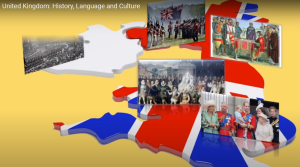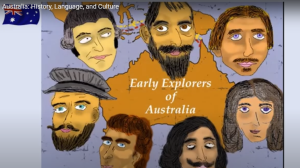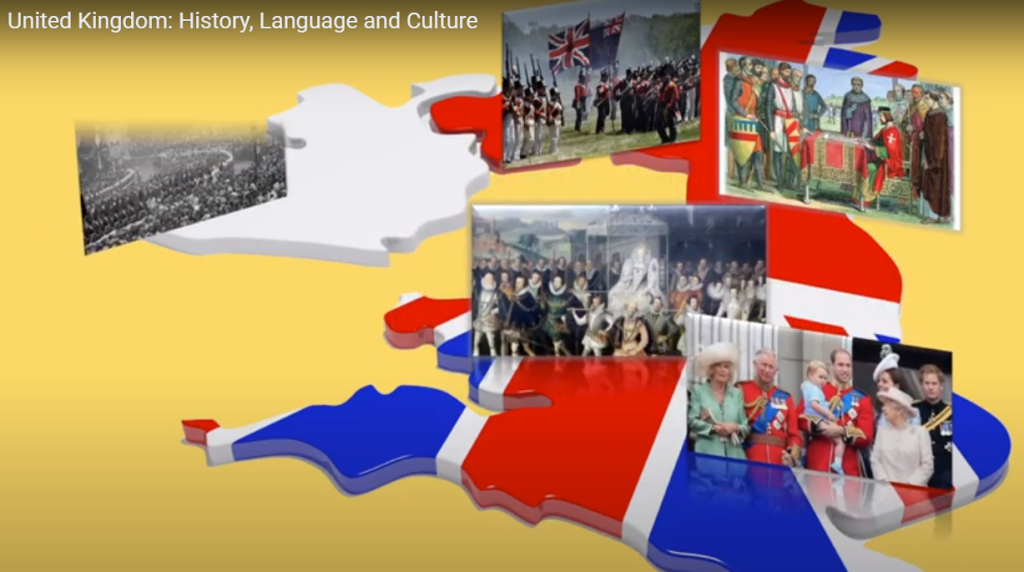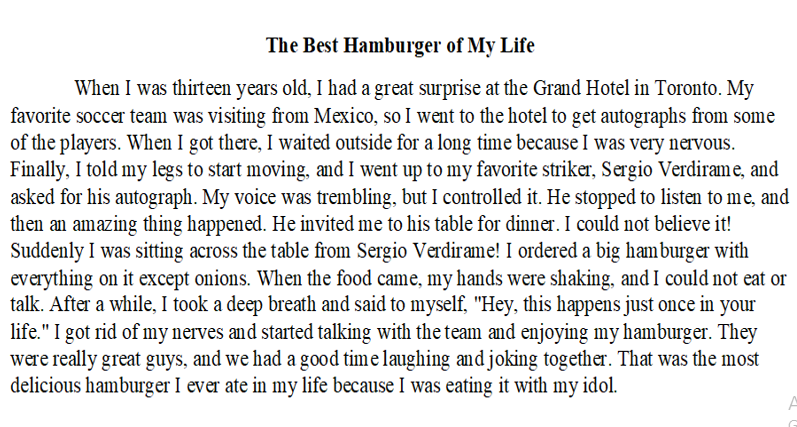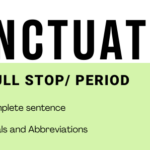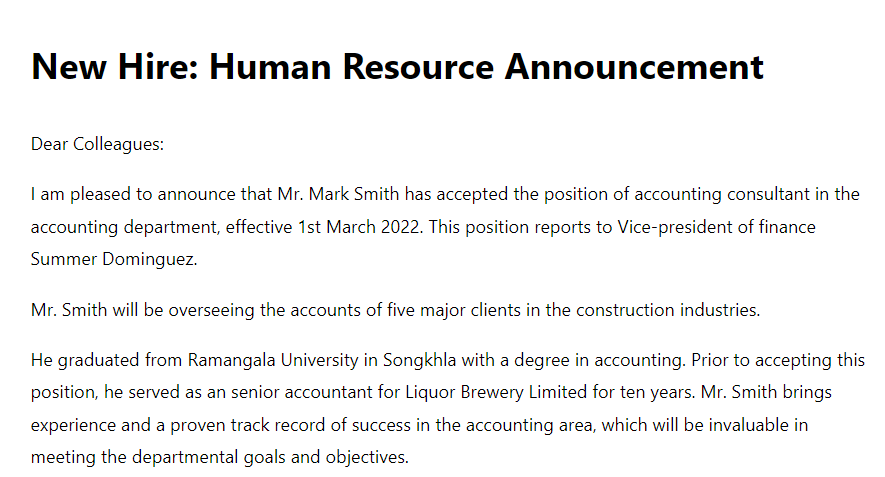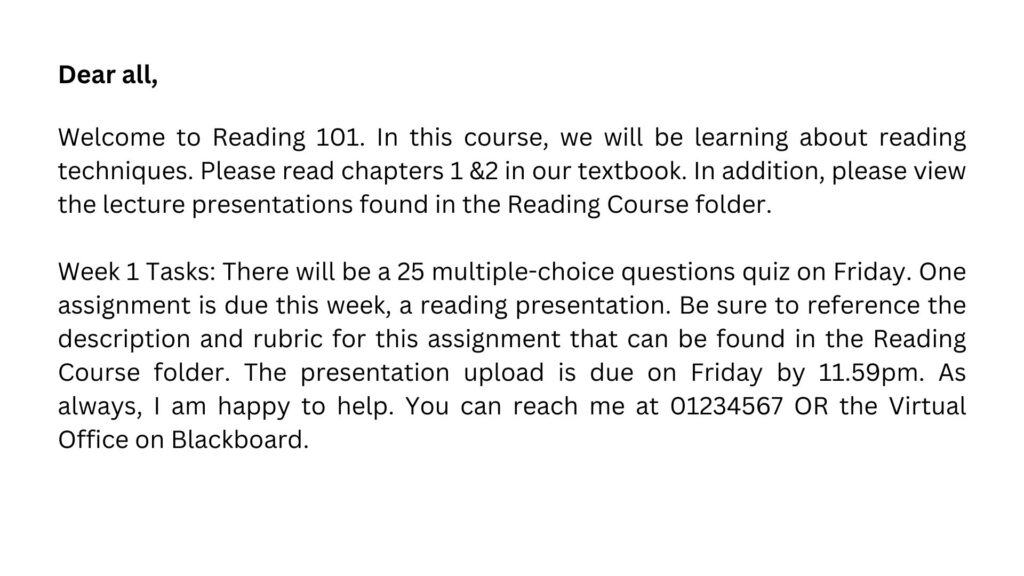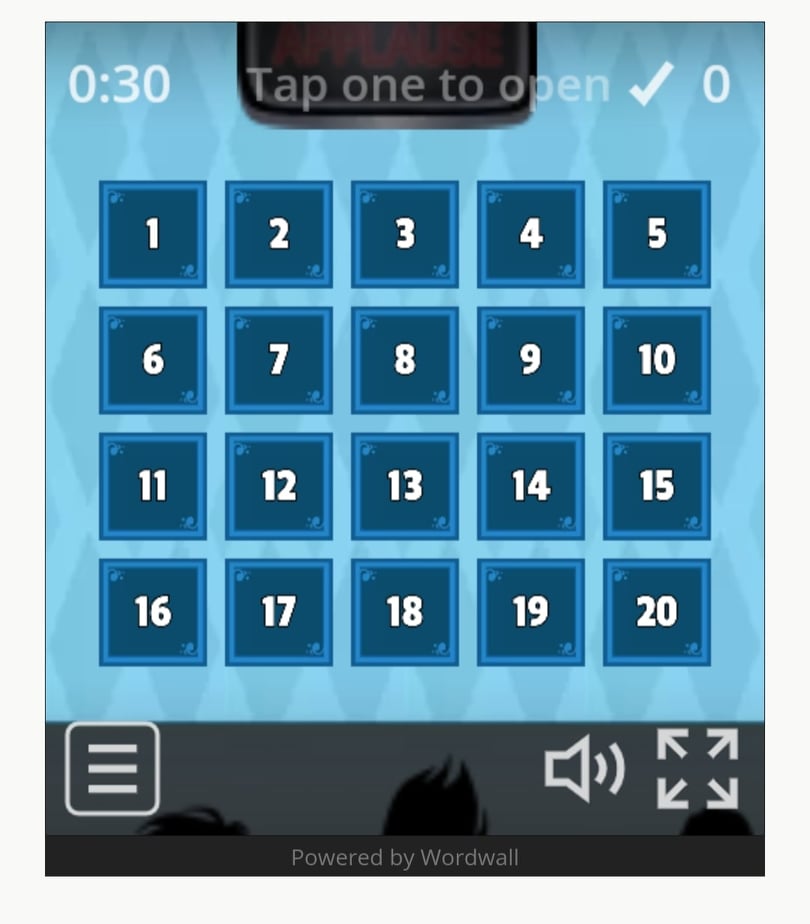Discussion is a process where people talk, converse, and discourse about something trivial or significant wherein the end result is to express ideas, make decision, or solve a problem.
Good vs Bad Group Discussion
Video by PolyU ELC
Lesson 1
- Characteristics of an Effective Group Discussion
- Roles of Each Member in a Group Discussion
- Steps in Conducting a Group Discussion
Instructions
- Watch the video
- Answer the following questions for the class discussion later
- What are the things to avoid in a group discussion? Make a list.
- What would make a group discussion successful? Make a list.
- Name/describe the role of each of the members in the group?
- How does a good discussion should start? Describe it.
- How does a good discussion should end? Describe it.
- Suggest ways on how to keep the discussion going.
Suggested Topics for Group Discussion
Make a list of the advantages of marijuana
Make a list of the disadvantages of marijuana
Talk about the benefits and challenges of the use of marijuana
Discuss about the feelings of the general Thai population about same-sex marriage
Why was same-sex marriage approved by the Thai government?
How can Thai people preserve their culture and tradition in the midst of changing times?
Lesson 2
- Deciding on a topic for group discussion
- Mind mapping topic for group discussion
Instructions
- Watch the video on how to mind map topics for group discussion
- Together with your group members map out your topic on a paper or on your electronic device.
- Submit your mind map for consultation, marking, and approval.
- Save your work and compile them on your portfolio (paper or electronic)
Lesson 3
- Group Discussion Script Writing
- Finish product: group discussion script
Instructions
- Meet your group members
- Go through the guidelines in writing a script for your GD.
- Write/ organize ideas and information, questions and answers
- Submit for approval, and practice for the GD presentation (onsite or recorded in a video).
Guidelines for GD Script writing
- Moderator/ facilitator open the discussion
- greetings
- set the objectives/goals of the discussion
- explain briefly but concisely the significance of the topic (why do you need to discuss the topic)
- take the attendance (can done immediately after the greetings or before the greetings)
- begin the discussion (use transitional phrases to move from this step to the next for example, without further ado let’s begin the discussion….)
- Discussion proper
- Members at this point share their opinion(s), ask for other’s opinion, express agreement, disagreement or partial agreement, ask or give explanation, ask or express clarification, and ask or give suggestion. You may find helpful phrases for group discussion here.
- The exchanges among members should resemble a web of opinions, ideas, and questions, answers that are being thrown around rather than a two-way traffic of question and answer just like an interview (refer to the illustration below).
- While discussions are going on, minutes are jotted down or recorded by the secretary or any one assigned.
- The GD is completed/ finished when the objectives/goals set in the beginning have already been achieved. The moderator will then transition from this step to the next.


3. The moderator summarizes the discussion and mentions important and salient points from the discussion.
- review objective(s)/goal(s) of the group discussion
- enumerate the decision reached
- closing remark (thank members and bid goodbye, and remind members of their responsibilities, or schedule of the next group discussion/ activities).
Group Discussion Notes HERE
MORE HERE
